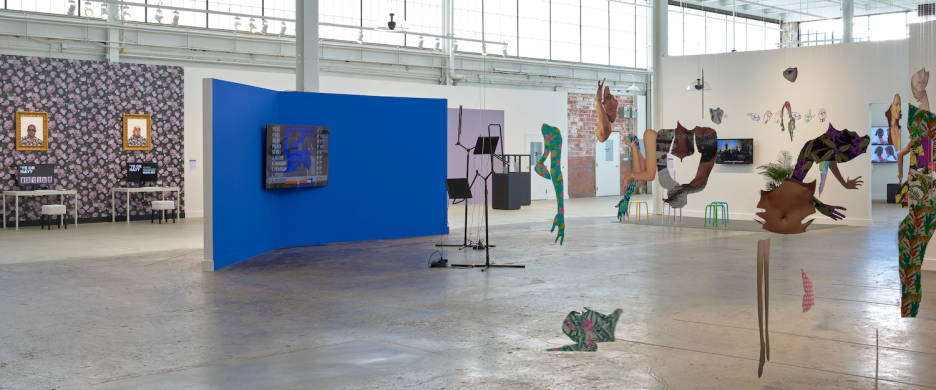Level Up: Create Your Own Character
Inspired by Difference Machines: Technology and Identity in Contemporary Art

Installation view of Saya Woolfalk’s Landscape of Anticipation 2.0, 2021, in the special exhibition Difference Machines: Technology and Identity in Contemporary Art at Albright-Knox Northland. Photo: Brenda Bieger for Buffalo AKG Art Museum
